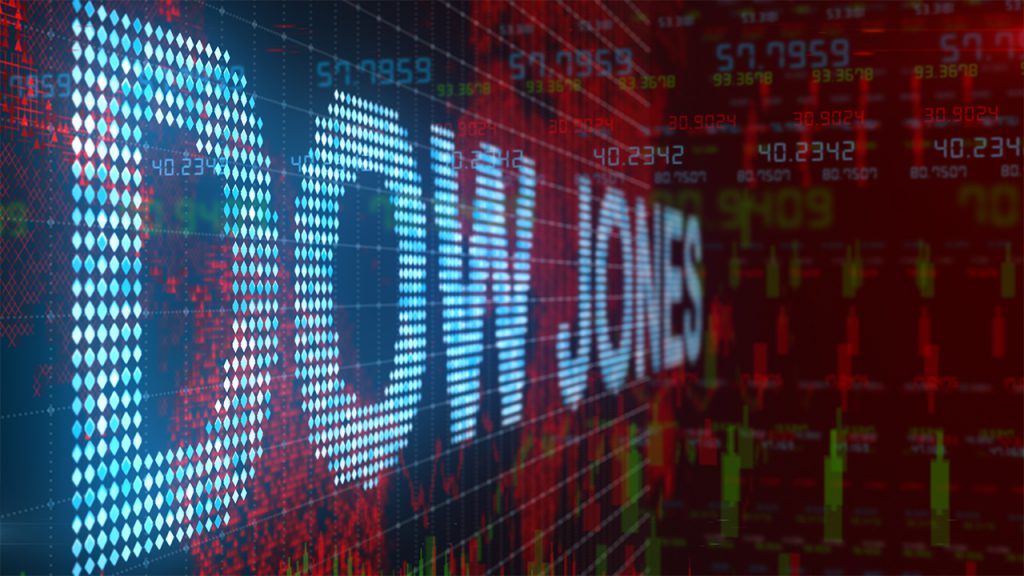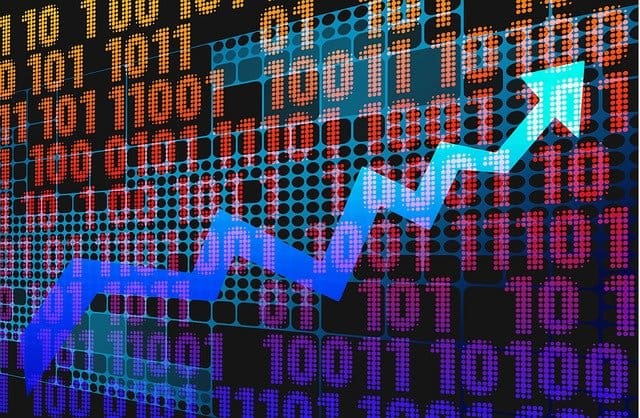Stock indices allow you to follow the movement of the stock market, a group of stocks, or other instruments. Such information allows for covering a broad group of issuers. Moreover, such information more accurately conveys the indexes situation in a sector or economy than a chart for one specific asset.

The stock index is a dynamic indicator. Its value changes during the day because. the value of the shares within it changes. Let’s say our indicator includes volatile securities of Russian companies. Some are getting more expensive, another share is getting cheaper, and others are in the flat. All these movements form the final value.
At the same time, the degree of change in the stock index is related to the weighted average change in the value of assets. This means that the share of each security in the total basket is considered. As a result, investors get a clear picture of how much the market has risen or fallen on average.
Where Do Stock Indices Come From?
The leading stock indices, known to many, are calculated on the stock exchange or by provider companies. The indicator is calculated by investment funds, associations, and other companies. They are also able to create a new financial index themselves.
The European FTSE 100 index was created in 1984 by the FTSE Group. It, in turn, is owned by the London Stock Exchange and the Financial Times.

The composition of the stock index is reviewed and changed from time to time. For example, some issuers have been liquidated, taken over, or sold. Sometimes securities are delisted if they do not meet the exchange’s requirements. Similarly, shares are excluded from the composition if they no longer meet certain conditions. For example, the volume of securities on the stock exchange fell below a certain limit. As a rule, the revision of the composition occurs once in a period (quarter or six months).
Types of Stock Indices
There are many financial indices. All of them are tied to different stock markets, countries, and sectors. The bill goes not to hundreds but to thousands. We list the main parameters by which all market indices are divided.
By Type of Asset
The most famous are stock indices. They include equity securities of issuers familiar to us. Given that stocks themselves are hazardous and subject to volatility, indicators have adopted their properties.
Bond indices include debt securities. They are less volatile, and more stable, but the returns are lower. There are also commodity indices. They include groups from agricultural products, raw materials, energy carriers, etc. For example, Bloomberg Commodity has 20 commodities of various origins:
- Oil
- Gas
- Gold
- Wheat
- Sugar, and more.
Important! There are also indices for money, cryptocurrency, and everything that is only traded on the stock exchange. Each type of asset has its calculated indicator.
By Reach
This classification is also called “by the level of diversification.” The composition includes securities of a country, region, or industry. Accordingly, the coverage changes.
At the same time, the Nasdaq Composite includes shares of more than 3,000 issuers worldwide, which are traded on the Nasdaq exchange.
The index is able to cover not only companies by type of activity but also specific markets, countries, and regions. For example, MSCI AC Asia ex Japan includes 11 countries in the Asian region, except for Japan. The FTSE Global All Cap includes about 9,000 shares held by issuers from 50 countries.
By Type of Return
Indexes based on the value of shares show the change in the prices of assets within it. They are called price and, at the same time, do not take into account dividends from shares and coupons from bonds.
Along with them are indicators of total profitability, and dividend and coupon payments are involved in their calculation. These financial indices best suit investors who want to build a portfolio with passive income for the long term. Moreover, in the calculations, it is possible to consider the tax on coupons and dividends.
By Type of Formation
It is possible to select shares on various grounds, of which quite a lot exist. Let’s give a couple of examples. Most equity indices are capitalization-weighted. As a result, the share of the asset in the “basket” corresponds to the share in the capitalization of the entire market. So, Apple papers are included in the S&P 500. They have the largest share in it because. Apple is the most valuable company in the US.
Major Indices
World indices are known to every investor and trader with some investment experience. Here are the most mentioned.
The S&P 500
The S&P 500, or Standard and Poor’s 500, includes 505 major US stocks. All of them are selected by capitalization, with Apple, Microsoft, and Amazon having the highest weight. The calculation has been carried out since 1957.

Dow Jones Industrial Average
The Dow Jones Industrial Average is considered one of the first such indicators on the market, which was calculated as far back as 1896. Initially, it included 12 US industrial companies, the locomotives of the American economy.

Over time, the composition grew to 30 issuers and no longer increased. The industrial character of the indicator has been “smeared”. Now, even Coca-Cola is included in it.
Nasdaq Composite
The Nasdaq Composite includes virtually all stocks traded on the Nasdaq New York Stock Exchange. There are more than 3,000 issuers from different countries. Many companies are in the information technology industry, such as Apple and Intel.

The calculation is based on the market capitalization of the participants and has been conducted since 1971. The average value of shares at the end of the trading session is taken as initial values.
How to Invest in an Index
It is impossible to buy an index or at least a share in it. This is the “meter.” However, it is possible to form your investment portfolio based on it.
It is pretty challenging to collect an investment portfolio on your own. It is necessary to analyze the market and sectors, select the best issuers and ensure everything is done as a rule. An index repeat, in turn, is a ready-made diversified basket that considers all the risks. Consider several ways to invest.
Repeat the Index on Your Own
It is possible to buy shares of all companies included in a particular index, for example, Dow Jones. The main problem is that this method is costly. In some cases, you will have to spend millions of rubles. To save money, it is possible to refuse shares of issuers whose direction or state of the market does not suit you.
In addition, independent purchase requires time and further manual control. You can’t just repeat the indicator and sit with them, waiting for a profit. In the event of a fall in quotes, you will have to take actions that require knowledge and strategy. Also, each transaction for the purchase and sale is subject to taxes, which entails additional costs.













